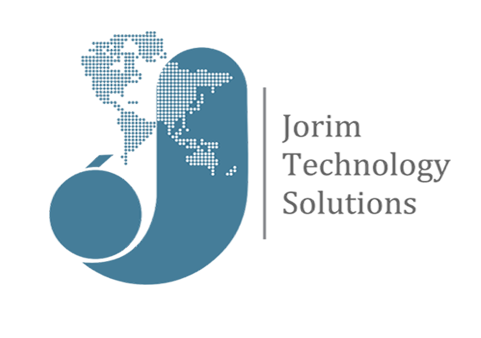Microservices in Modern Enterprise Architecture
In the ever-evolving landscape of enterprise architecture, the adoption of microservices has emerged as a transformative paradigm. Microservices, an architectural style that structures an application as a collection of small, independently deployable services, offer a path to greater agility, scalability, and resilience. In this blog, we will embark on a journey to explore the profound impact of microservices in modern enterprise architecture, shedding light on their benefits, challenges, and best practices for successful implementation.
Understanding Microservices: A Paradigm Shift
Traditional monolithic architectures, characterized by large, tightly integrated applications, often face challenges in adapting to the dynamic requirements of today’s digital landscape. Microservices represent a departure from this monolithic approach, breaking down applications into smaller, self-contained services that can be developed, deployed, and scaled independently.
Benefits of Microservices in Enterprise Architecture:
- Scalability and Flexibility: Microservices enable organizations to scale specific services independently, allowing for targeted resource allocation based on demand. This flexibility is especially crucial in dynamic environments where certain features may experience varying levels of usage.
- Enhanced Agility and Faster Time-to-Market: The decoupling of services facilitates independent development and deployment. This agility is a game-changer, allowing enterprises to respond rapidly to changing market conditions, customer feedback, and emerging opportunities.
- Improved Fault Isolation and Resilience: Microservices’ independent nature limits the impact of failures to specific services, preventing the entire system from crashing. This isolation contributes to enhanced system resilience and availability.
- Technology Stack Diversity: Microservices afford the freedom to use different programming languages, frameworks, and databases for each service. This enables organizations to choose the most suitable technologies for specific tasks, fostering innovation and optimization.
Challenges in Microservices Adoption:
- Increased Complexity in Management: While microservices simplify development, they introduce complexities in terms of orchestration, deployment, and monitoring. Proper management tools and practices are essential to navigate this complexity effectively.
- Data Management Challenges: Maintaining data consistency across distributed services can be challenging. Addressing issues related to data synchronization, transactions, and eventual consistency is crucial for a seamless microservices architecture.
- Service Discovery and Communication: Microservices must effectively discover and communicate with one another. Implementing robust service discovery mechanisms and communication protocols is vital to ensure smooth collaboration among services.
- Security Concerns: Securing microservices requires a comprehensive approach. Issues such as service authentication, authorization, and data encryption need careful consideration to mitigate potential security risks.
Best Practices for Microservices Implementation:
- Design Services with Business Capabilities in Mind: Align microservices with specific business capabilities to ensure that each service has a well-defined purpose. This enhances clarity in development, maintenance, and scaling efforts.
- API-first Approach: Prioritize the development of clear and well-documented APIs for each microservice. This not only facilitates communication between services but also allows for easier integration with other systems.
- Containerization and Orchestration: Leverage containerization tools like Docker and orchestration systems like Kubernetes for efficient deployment, scaling, and management of microservices. Containers provide consistency across different environments, easing deployment challenges.
- Automated Testing and Continuous Integration: Implement robust testing strategies and continuous integration pipelines to ensure the reliability and compatibility of microservices. Automated testing helps catch issues early in the development process.
- Monitoring and Logging: Establish comprehensive monitoring and logging systems to track the performance, health, and interactions of microservices. This visibility is crucial for identifying and addressing potential issues in real time.
Conclusion: Embracing the Microservices Revolution
Microservices represent a revolutionary shift in how enterprises design, build, and deploy applications. While challenges exist, the benefits of enhanced agility, scalability, and resilience make microservices a compelling choice for modern enterprise architecture. By embracing best practices and addressing challenges head-on, organizations can unlock the full potential of microservices, paving the way for a more adaptive, responsive, and innovative future. As the digital landscape continues to evolve, the role of microservices in shaping the next era of enterprise architecture cannot be overstated.
